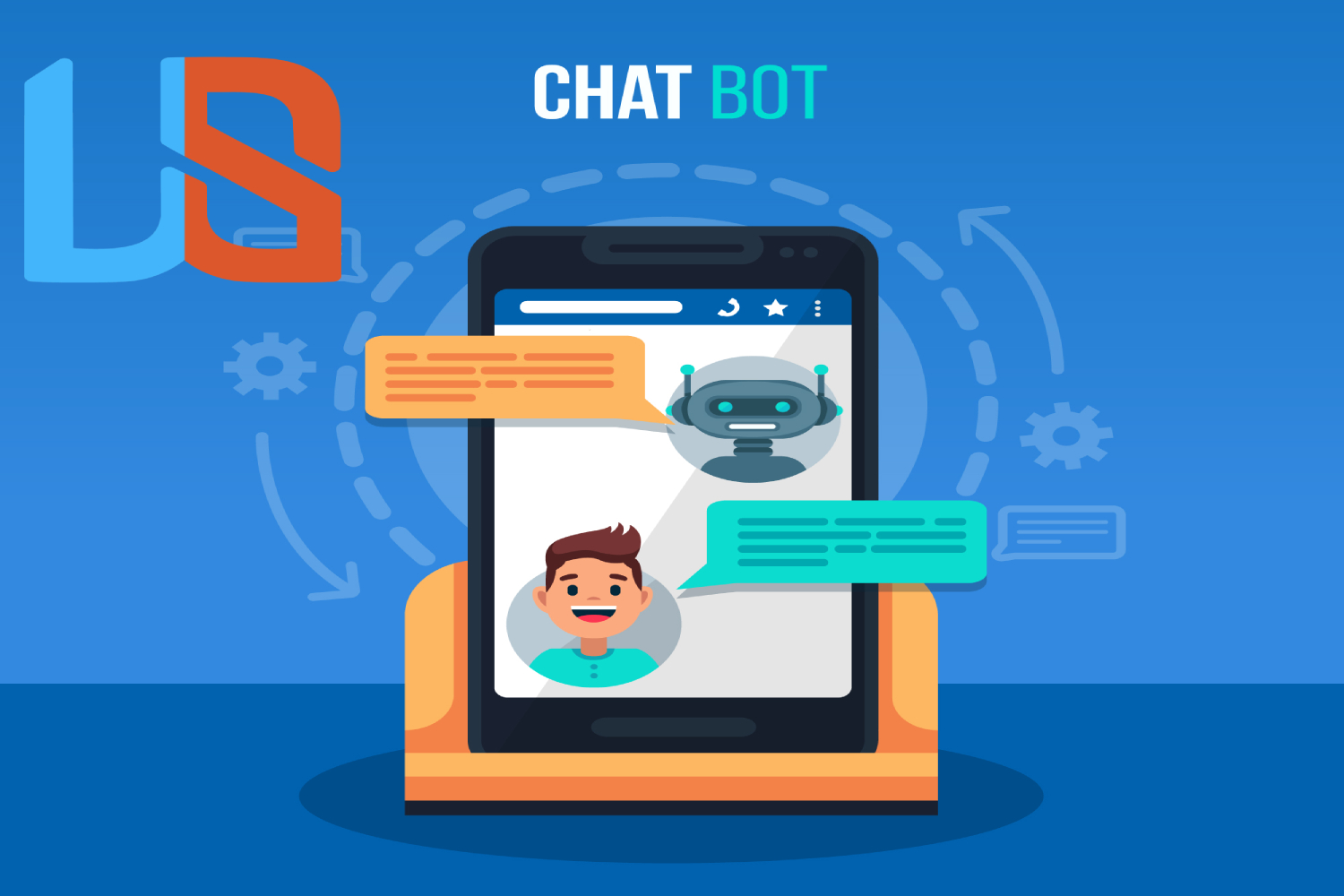
In the digital age, businesses are constantly seeking ways to enhance customer experiences and streamline their operations. One revolutionary technology that has gained significant popularity is chatbots. These AI-powered virtual assistants are transforming customer interactions, providing real-time support, and improving overall efficiency. In this article, we will explore the power of chatbots and their impact on modern customer service.
Introduction
In a world where customers demand instant gratification and personalized interactions, businesses are constantly looking for innovative solutions to meet these expectations. Chatbots have emerged as a powerful tool, enabling companies to engage with their customers in real-time and provide timely assistance.
Understanding Chatbots
2.1 What are Chatbots?
Chatbots are artificial intelligence-powered virtual assistants designed to simulate human conversations. They can interact with users through messaging platforms, websites, or mobile applications. Chatbots use Natural Language Processing (NLP) algorithms to understand and respond to user queries in a conversational manner.
2.2 Types of Chatbots
There are two main types of chatbots:
- Rule-Based Chatbots: These chatbots follow predefined rules and responses based on specific keywords or patterns in user input.
- AI-Powered Chatbots: AI-powered chatbots use machine learning and NLP to understand and interpret user queries more effectively, providing more contextually relevant responses.
2.3 How Chatbots Work
Chatbots work by analyzing user input, identifying intent, and generating appropriate responses based on their programming or learned patterns. They can handle a wide range of tasks, from answering FAQs to processing complex requests.
The Benefits of Using Chatbots
3.1 24/7 Availability
One of the most significant advantages of chatbots is their round-the-clock availability. Unlike human agents, chatbots can provide support and assistance to customers at any time, improving customer satisfaction and loyalty.
3.2 Instant Responses
Chatbots can respond to user queries instantly, reducing response times and improving the overall customer experience. This quick and efficient service enhances customer engagement and retention.
3.3 Personalized Interactions
AI-powered chatbots can analyze user data and preferences to deliver personalized interactions. This level of personalization creates a more engaging and tailored experience for each customer.
3.4 Time and Cost Savings
By automating customer interactions, chatbots can significantly reduce the workload for human agents. This frees up resources and allows businesses to focus on more complex tasks, ultimately leading to cost savings.
Chatbots in Customer Service
4.1 Seamless Issue Resolution
Chatbots excel in resolving customer issues promptly and efficiently. They can provide step-by-step solutions or guide customers to relevant resources, reducing the need for human intervention.
4.2 Order Tracking and Updates
Chatbots can help customers track their orders, provide delivery updates, and address any concerns related to their purchases. This real-time tracking enhances transparency and builds trust with customers.
4.3 FAQ and Knowledge Base Support
Chatbots can act as a front-line support system, providing instant answers to frequently asked questions and directing customers to relevant knowledge base articles.
4.4 Lead Generation and Sales
Chatbots can engage potential customers, qualify leads, and even assist in completing sales transactions. Their proactive approach can significantly contribute to the sales process.
Designing Effective Chatbot Interactions
5.1 Natural Language Processing (NLP)
Implementing robust NLP algorithms ensures that chatbots can understand and respond accurately to user queries, even when phrased differently.
5.2 Crafting Conversational Flows
Designing logical and user-friendly conversational flows is essential to provide a seamless user experience and avoid misunderstandings.
5.3 Setting Clear Expectations
Chatbots should transparently communicate that they are AI-powered and set clear expectations about their capabilities.
5.4 Human Handoff and Escalation
Chatbots should have the ability to hand off complex queries to human agents when necessary. This ensures that customers receive appropriate support when the chatbot’s capabilities are exceeded.
Chatbot Implementation Challenges
6.1 Integration with Existing Systems
Integrating chatbots with existing CRM systems and databases can be challenging but is essential for providing personalized and accurate responses.
6.2 Data Privacy and Security
As chatbots handle sensitive customer data, ensuring data privacy and security is of utmost importance.
6.3 Maintaining a Human Touch
While chatbots are efficient, maintaining a human touch is crucial for creating a more natural and empathetic customer experience.
6.4 Continuous Improvement and Updates
Regularly updating and improving chatbots based on customer feedback and changing requirements is vital to keep them relevant and effective.
The Future of Chatbots
7.1 AI Advancements and Contextual Understanding
Advancements in AI will enable chatbots to understand context better, leading to more natural and sophisticated conversations.
7.2 Omni-Channel Integration
Chatbots will be seamlessly integrated across various communication channels, providing a consistent experience to customers.
7.3 Industry-Specific Chatbots
Chatbots tailored to specific industries will become more prevalent, addressing unique customer needs and requirements.
7.4 Emotional Intelligence in Chatbots
In the future, chatbots may incorporate emotional intelligence to understand and respond to customers’ emotions more effectively.
FAQs
A chatbot is an artificial intelligence-powered virtual assistant designed to simulate human conversations. It interacts with users through messaging platforms, websites, or mobile applications.
Chatbots work by analyzing user input, identifying intent, and generating appropriate responses based on their programming or learned patterns. They use Natural Language Processing (NLP) algorithms to understand and respond to user queries.
There are two main types of chatbots: rule-based chatbots, which follow predefined rules, and AI-powered chatbots, which use machine learning and NLP for more contextually relevant responses.
Chatbots offer 24/7 availability, instant responses, personalized interactions, and significant time and cost savings for businesses.
Chatbots can seamlessly resolve customer issues, track orders, provide FAQ and knowledge base support, and even assist in lead generation and sales.
While chatbots are efficient in handling routine tasks, they do not replace human agents entirely. They can complement human agents by handling repetitive queries and directing complex issues to human support when necessary.
Effective chatbot interactions involve implementing robust NLP algorithms, crafting user-friendly conversational flows, setting clear expectations about chatbot capabilities, and enabling a human handoff when needed.
Some challenges include integrating chatbots with existing systems, ensuring data privacy and security, maintaining a human touch, and continuous improvement and updates based on customer feedback.
The future of chatbots includes advancements in AI for better contextual understanding, seamless omni-channel integration, industry-specific chatbots, and potentially incorporating emotional intelligence.
Conclusion
Chatbots have transformed customer interactions and revolutionized the way businesses provide support and assistance. Their 24/7 availability, instant responses, and personalized interactions contribute to enhanced customer experiences. While chatbots have immense potential, businesses should carefully design and implement them to





